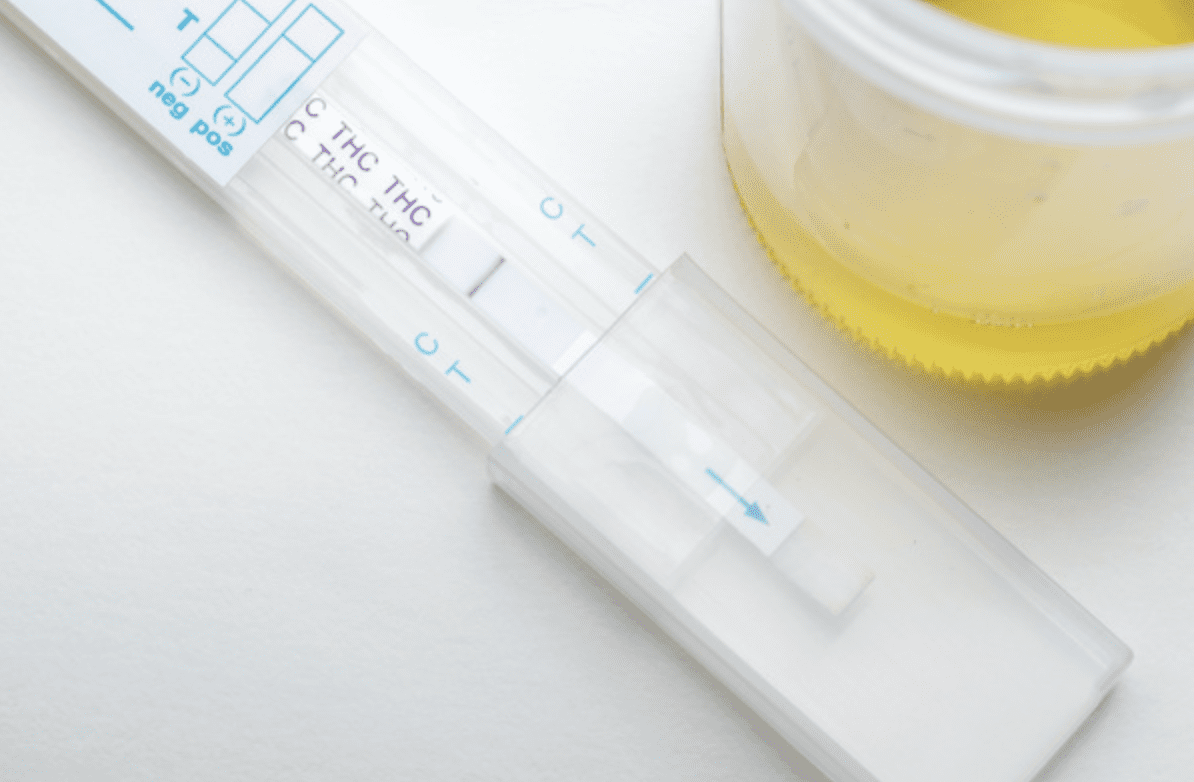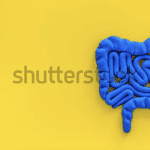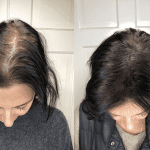An alcohol and drug test is what it sounds like.
A Drug screens are used to detect the presence of contaminants and chemicals left behind by drug use in blood, urine, hair, or saliva. As well as detecting performance-enhancing drugs, a drug screen may also detect HGH and steroids used by athletes. Drug screens serve a variety of purposes.
The main types of drug screenings
Drug screening of urine
Ninety-five percent of US employment drug tests are urine tests. The process is simple and low cost, which makes it popular. Labs screen samples after they are collected at clinics or testing facilities. The results of panel tests (4-13) will either show false positives or positives for specific drugs.
Screening of saliva for drugs
An oral swab is used for this less invasive drug test. Nevertheless, a urine drug test has a shorter detection period. Detection of THC in saliva is only possible within seven to twenty-one hours, for example. Saliva drug tests are conducted for marijuana, cocaine, opiates, alcohol, amphetamines, methamphetamines (including ecstasy), and PCP.
Screening of blood for drugs
Among the drug screen methods, blood testing is the least popular because it is invasive, has a short detection window, and is expensive. There were only 6% of pre-employment drug tests conducted in 2015 that included blood tests. A blood test may, however, be useful in detecting impairments on the job as well. The results of a blood test can reveal toxins within minutes, as opposed to urine, which takes several days to reveal toxins. An individual’s blood can also be tested for specific amounts of illegal drugs. Tests for opiates, oxycodone, methadone, fentanyl, buprenorphine, propoxyphene, meperidine, tramadol, gabapentin, and carisoprodol are conducted in a blood test.
Performing a hair test
A Each strand of hair represents an individual’s history of substance intake. The substance could have been used months ago, but still be detected through hair drug testing. Because the metabolites left behind by drug use are left in the blood, they are filtered through the blood vessels in the scalp, and they are permanently stored in the hair follicles. Although expensive (ranging around $100 per test), it can act as a backup to urine testing in certain situations. Drugs tested include amphetamines, opiates, cocaine, marijuana, phencyclidine, barbiturates, and expanded opiates (oxycodone, oxymorphone, hydrocodone, hydromorphone).
Drug testing: why is it necessary?
In 2005, the Occupational Safety and Health Administration (OSHA) conducted a study that found that, “of the 17.2 million illicit drug users aged 18 or older in 2005, 13.2 million (74.8 percent) worked full time or part time.” The study also found that 10-20% of work-related deaths were drug and alcohol-related. A substance abuser is responsible for 40% of all industrial workplace deaths.
As an employer, you are responsible for ensuring that your employees work in a safe environment. One of the best ways to keep your workplace drug-free is through pre-employment screening and random testing.
Take the next step in protecting your workplace with employment drug screenings with Concentra. We will help you determine what kind of testing your workforce needs based on your industry. Find out how Concentra can help you combat substance abuse at work.





